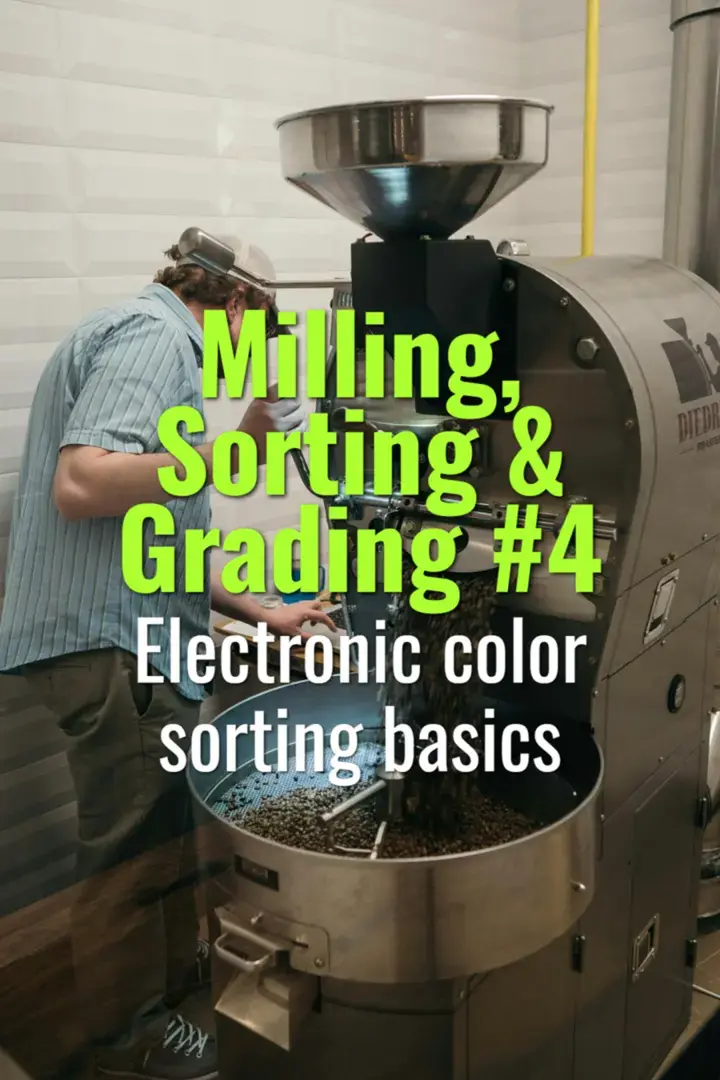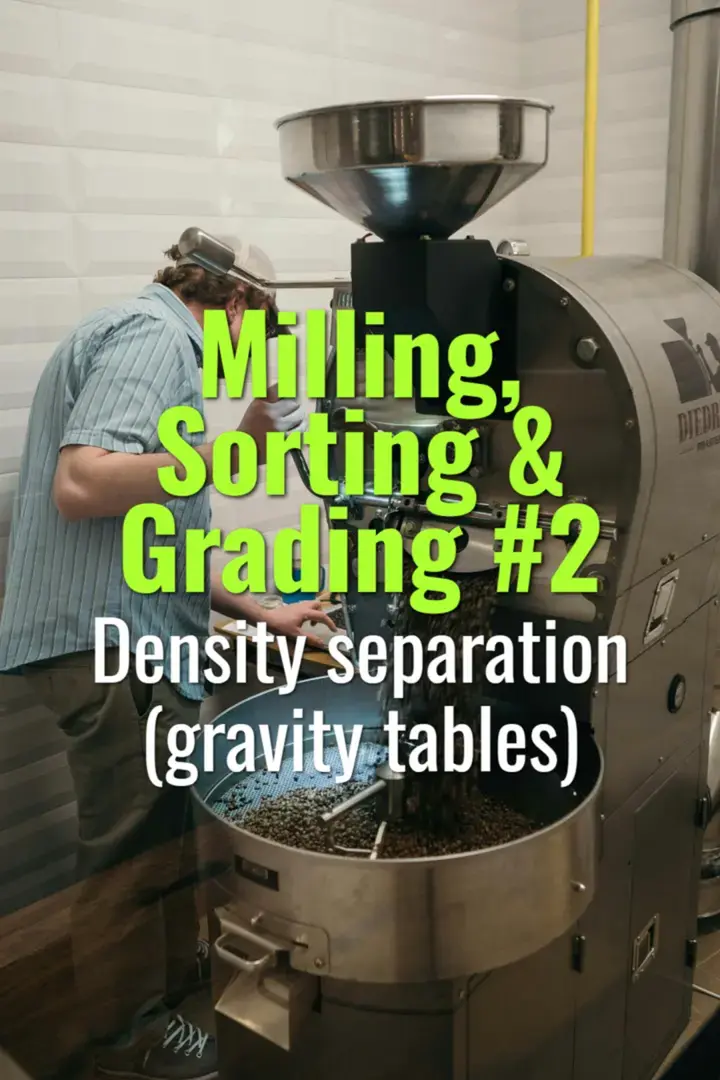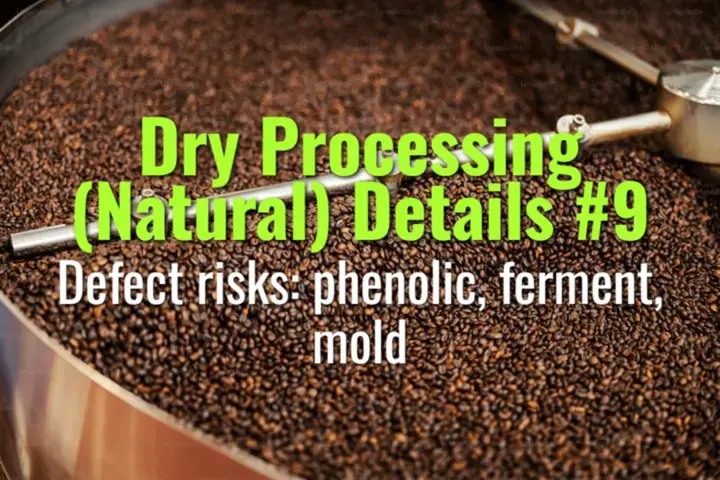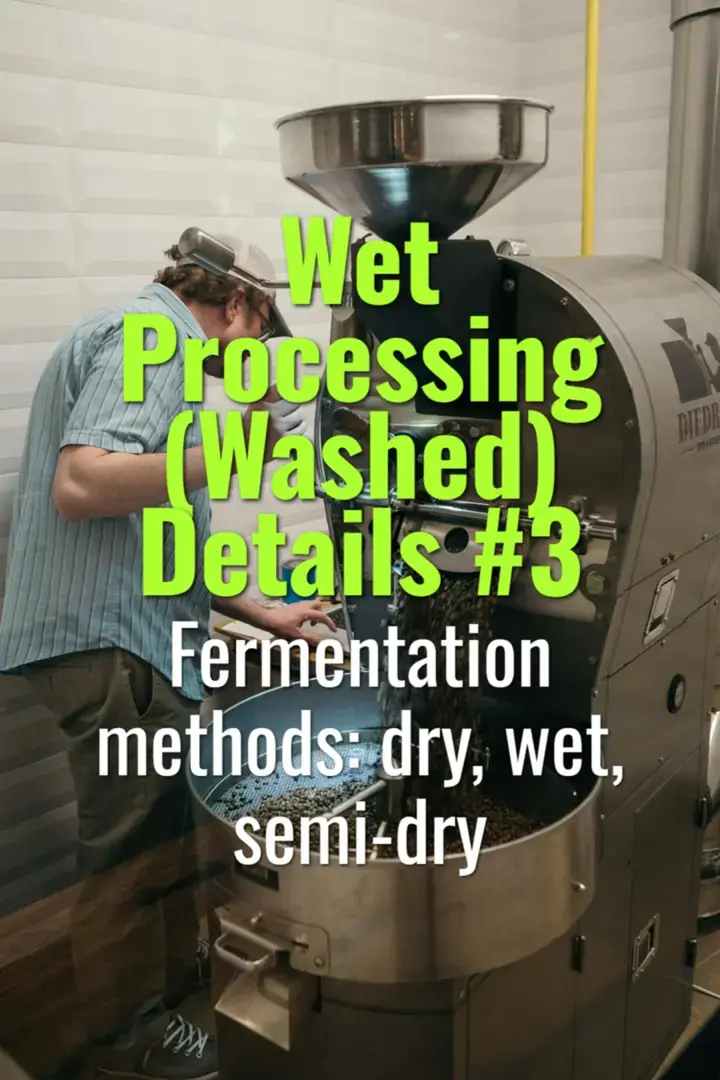
Electronic color sorting basics
This topic explains the basics of electronic color sorting in coffee milling, how the machines work, and why they are essential for defect removal and consistency in specialty coffee exports.

This topic explains the basics of electronic color sorting in coffee milling, how the machines work, and why they are essential for defect removal and consistency in specialty coffee exports.

This topic explains how density separation using gravity tables is applied in coffee milling, why it matters for quality, and how it improves uniformity and market value.

This topic explains how lots are built and graded in natural (dry) coffee processing, why these steps are critical for consistency, traceability, and market classification, and how they influence final value.

This topic explains the main defect risks in natural (dry) coffee processing—phenolic, ferment, and mold defects—how they arise, and strategies for prevention.

This topic explains how washing channels and density separation are used in washed coffee processing to remove defects, improve uniformity, and enhance final cup quality.

This topic explains the three main fermentation methods used in washed coffee—dry, wet, and semi-dry—how they differ, their effects on processing efficiency, and their influence on flavor outcomes.